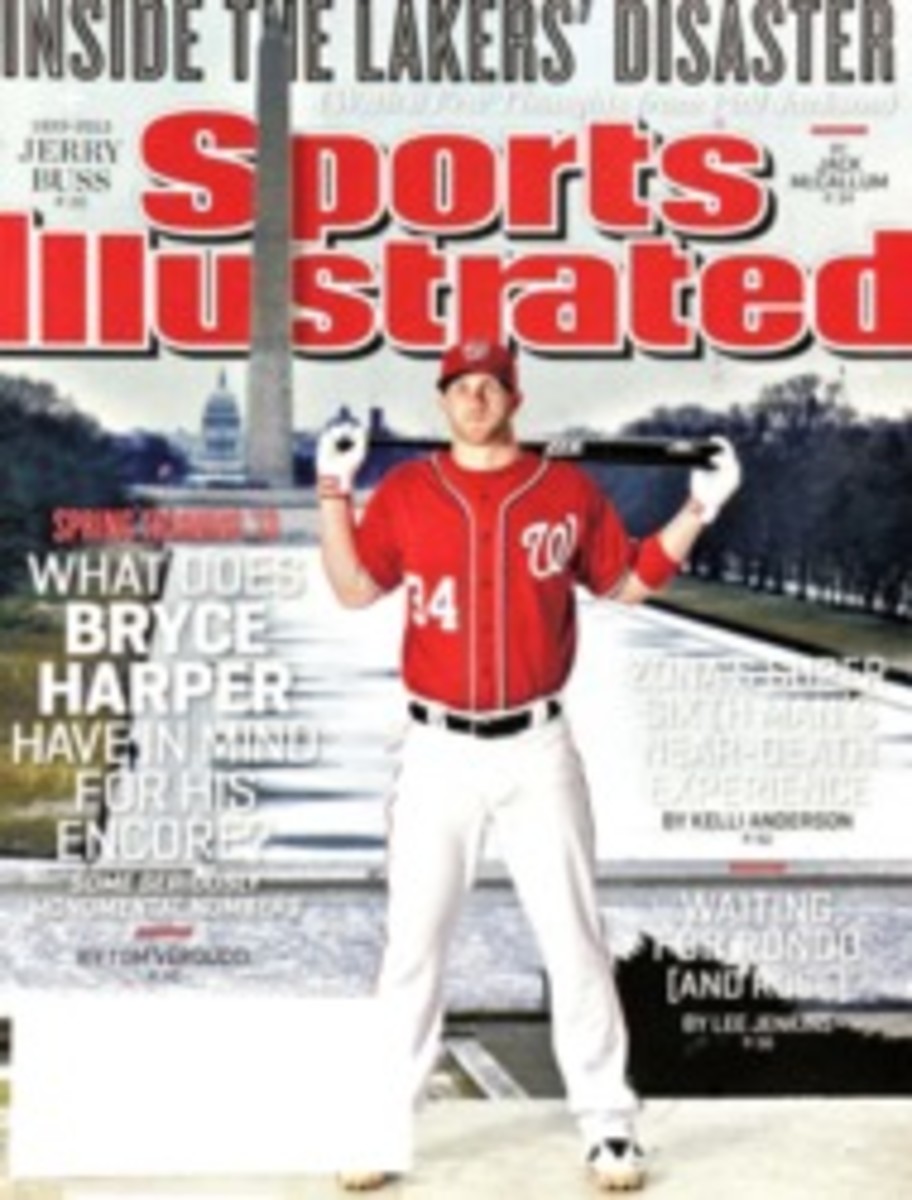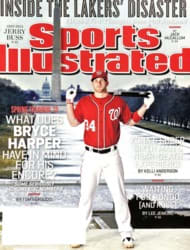
The Case For ... The LPGA
The LPGA was founded in 1950, 22 years before Title IX. At the nadir of the Great Recession, it looked as if the world's premier women's sports league might go out of business. In 2010 the tour staged only 24 tournaments, down from 34 two years earlier.
Golf is a niche sport, and women's golf is a niche of a niche, but the commissioner who led the tour off a fiscal cliff, Carolyn Bivens, had scared away sponsors with hardball negotiations that were part of an aggressive strategy to make the LPGA too big to fail. Bivens departed in July 2009 after a player revolt, and the LPGA was both lucky and good to have chosen Mike Whan as her successor. A longtime executive in golf and sporting goods, the effervescent Whan has taken the LPGA back to its roots as a tour that offers some of the rarest commodities in professional sports: intimacy, value and player interaction with fans and sponsors. At the same time Whan, 48, has taken what used to be considered a negative—a globalization of the tournament schedule—and turned it into one of the LPGA's strongest selling points.
The result has been a stunning comeback. This year's schedule features 28 tournaments, and a 29th will most likely be announced soon. There will be a record 360 hours of TV coverage; in the past the LPGA was often dumped into crummy tape-delayed time slots, but this year 93% of the telecasts will be live. The tour has earned more prime-time coverage on the strength of last year's Golf Channel ratings in North America, which were up 57% over 2010. The network's girl-crush was obvious last Saturday night when it tore up its programming lineup to offer live coverage of the final round of the season-opening Women's Australian Open and, more to the point, the title bid of 15-year-old phenom Lydia Ko.
Whan lacks the God complex of most sports commissioners and reflexively gives all the credit to the players, saying, "It's easy to sell the tour because the product between the ropes is so good." The LPGA has undoubtedly received a big boost from the emergence of Ko (a New Zealander born in Korea) and Stacy Lewis, a fresh-faced Texan who last year became the first American to win player of the year since Beth Daniel in 1994. Two of Lewis's sponsors have signed on this year as tournament title sponsors. Lewis is also emblematic of what Whan calls the "buy-in" of the tour's top players. "Stacy has always been a superstar athlete, but I wouldn't say she loved the microphone or the press room," says Whan. "But she accepted that she had a responsibility to connect with our fans and to promote the tour, and she spent a ton of time on media training. Now she could teach the class."
The need to communicate was at the heart of Bivens's controversial plan to penalize foreign players who failed to learn English. Whan calls the language barrier "a nonissue" now thanks to a cultural change on tour: The top young players from Asia, such as Yani Tseng of Taiwan and Korea's Na Yeon Choi, now embrace stardom and understand that capturing the U.S. market is critical to their personal brands. LPGA telecasts can be seen in more than 160 countries and territories, and the tour's cross-cultural appeal will be showcased beginning next year with a new tournament called the International Crown, a pet project of Whan's. The Crown will be a kind of mega--Solheim Cup, a biennial event featuring four days of team matches among players from eight countries. Outside-the-box thinking is not uncommon for Whan—two years ago he successfully advocated for his players to donate to charity the entire purse from a tournament in Phoenix.
Giving back is one of Whan's bedrock principles, and that includes showing appreciation to the people who pay the bills. Before each tournament, players receive a two-page dossier on the sponsors. These include head shots of key executives and their clients, so they can be sought out for conversation, and addresses where players can mail thank-you notes. "I had a CEO tell me that in the middle right-hand drawer of his desk he keeps handwritten notes that have been meaningful to him," says Whan. "Of the hundred notes, he said 90 were from LPGA players." It's a good story, and in the telling Whan sounded only a little disappointed that the other 10 letters weren't from his players.
FOLLOW @AlanShipnuck
"It's easy to sell the tour because the product between the ropes is so good," says Whan.
PHOTO
STEFAN POSTLES/GETTY IMAGES
LYDIA KO

